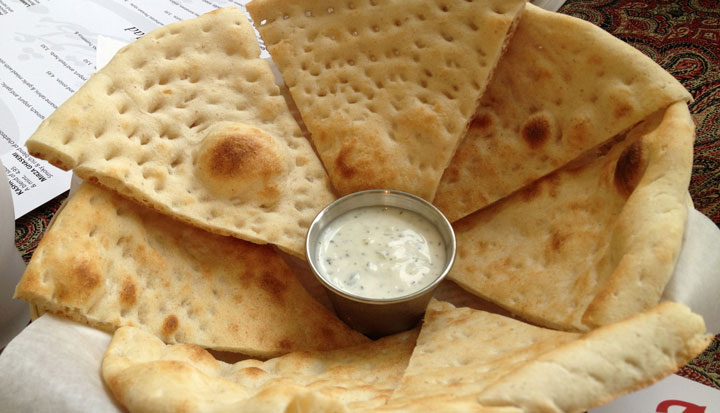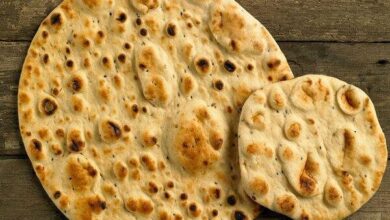Taftoon vs Sangak Bread: A Culinary Exploration
Bread is a staple in Persian cuisine, and two of the most cherished varieties are Taftoon and Sangak. While both belong to the category of traditional Iranian bread, they showcase significant differences in ingredients, preparation, and nutritional value. Understanding these differences not only enriches our appreciation of these breads but also enlightens us about the cultural and regional influences on Persian baking. From the streets of Tehran to family dining tables, Taftoon and Sangak remain integral to Iran’s rich culinary tapestry.

Ingredients
Serves 4-6 people
| Ingredient | Amount |
|---|---|
| White Wheat Flour or Whole Wheat Flour | 3 cups (adjust based on recipe) |
| Water | 1 1/2 cups |
| Salt | 1 teaspoon |
| Yeast or Sourdough Starter | 1 tablespoon |
| Yogurt or Milk (optional for Taftoon) | 1/4 cup |
Instructions
Step 1: Preparing the Dough – Start by mixing your choice of flour in a large bowl. For Taftoon, a blend of white and whole wheat flour can be used, whereas Sangak is typically made with whole wheat flour. Dissolve the yeast in warm water and let it activate for about 10 minutes. Gradually add water to the flour, incorporating the activated yeast and salt into the mixture. For extra softness in Taftoon, consider adding yogurt or milk at this stage.

Step 2: Kneading and Rising – Knead the dough on a floured surface for about 10 minutes, until it becomes smooth and elastic. Place the kneaded dough in an oiled bowl, cover it, and allow it to rise in a warm environment for approximately 1-2 hours, or until it doubles in size. The rising time might vary based on room temperature.
Step 3: Shaping the Bread – Once risen, punch down the dough to remove excess air. For Taftoon, shape the dough into small balls, then roll each ball into a thin oval or round shape. For Sangak, divide the dough into larger portions and stretch them into elongated, flatter shapes to accommodate the stone-pebbled baking surface.
Step 4: Baking Taftoon – Preheat a tandoor or oven to the highest temperature. Place the shaped Taftoon dough onto a flat baking surface or directly onto the tandoor wall. Bake until it puffs up and has browned spots, ensuring it remains thin and soft.

Step 5: Baking Sangak – For Sangak, lay the dough over preheated stone pebbles in a stone oven or replicate by using a baking sheet lined with similar stones. The unique baking method imparting the distinct crispy texture and robust flavor. Bake until the crust is golden and crispy.
Pro Tips
To achieve the perfect Taftoon, ensure your dough is rolled out uniformly thin to cook evenly. For Sangak, cleaning and arranging stones before baking ensures even contact and better texture. Use a baking stone if a traditional oven isn’t available. Experiment with different flour mixtures to find the perfect nutritional balance suited to your taste.
Frequently Asked Questions
Sangak bread is traditionally made with whole wheat flour, which retains more bran and germ, providing greater fiber, B vitamins, and minerals compared to the more refined flour typically used in Taftoon.
Yes, both can be made using a high-temperature conventional oven. A baking stone or heavy baking sheet for Sangak can replicate the stone pebble effect, although it may not perfectly mimic the traditional method.
Taftoon’s delicate texture complements dishes like kebabs and stews, while Sangak’s hearty nature matches beautifully with breakfasts, featuring cheese, herbs, and nuts.



